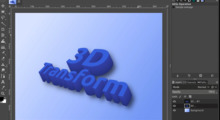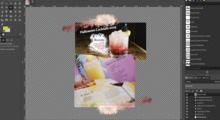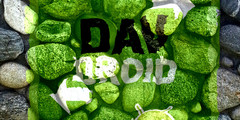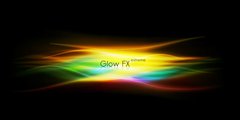Alexandre
Not to be smarmy but:
operation_class->name = "sdv-unsharp-mask";
and leave the standard unsharp mask.
The current unsharp mask uses radius, amount and threashold. The new one uses scale and standard deviation. The function it is performing an unsharp mask but it's done the equivalent of going from Farenhight to Kelvin without telling anyone. This results in somebody using one image editor not being able to spec actions for somebody using a different editor. This can be a big deal where multiple photographers are trying to produce a consistent output (for example a primary and secondary shooter at a wedding).
As for Qtpfsgui, the autoalign doesn't work, even on tripod mounted shots on a still day.
On Sun, Oct 5, 2008 at 9:28 PM, Stephen DeLear wrote:
Unsharpen Mask: The GEGL unsharpen mask feature does not use standard
terminology. I have no idea how to set this.
Let me give you an idea: edit the source code and send us a patch
('diff -u' is your friend)
You want this file:
http://svn.gnome.org/viewvc/gegl/trunk/operations/common/unsharp-mask.c?revision=2590&view=markup
:-)
High Dynamic Range Imaging: Which will require greater then 8bit color.
Mathematically putting 3 or more images bracketed on a tripod together for
an expanded tonal range. Currently can be done natively in CS3/CS4.
Qtpfsgui is your friend :-)
Noise Reduction: The overexposed look is in for photography lately as
dark
areas of an image pick up patterning from the digital sensor (i.e. noise).
Back in the days of film seeing grain in an image enlarged to several feet
would be a "live with it". Today a number of companies will
reject images
showing ANY noise at 100%. Plugins such as noise ninja are quite
popular. Would be nice to have a specific noise killing enhancement in
GIMP.
You mean you want all those noise reduction plug-ins and scripts
floating around GIMP in the bundle or some particular one? Could you
probably be more particular about that? :-)
I'm not saying GIMP developers will do what you say (I'm not in
position to make any claims regarding development process), but at
least you could start with review of existing solutions for GIMP
(GREYCstoration, Wavelet Denoise etc.) with samples and
recommendations. That would be a good start. Just telling people
something is missing and not providing enough information is not quite
helpful ;-)
Alexandre











